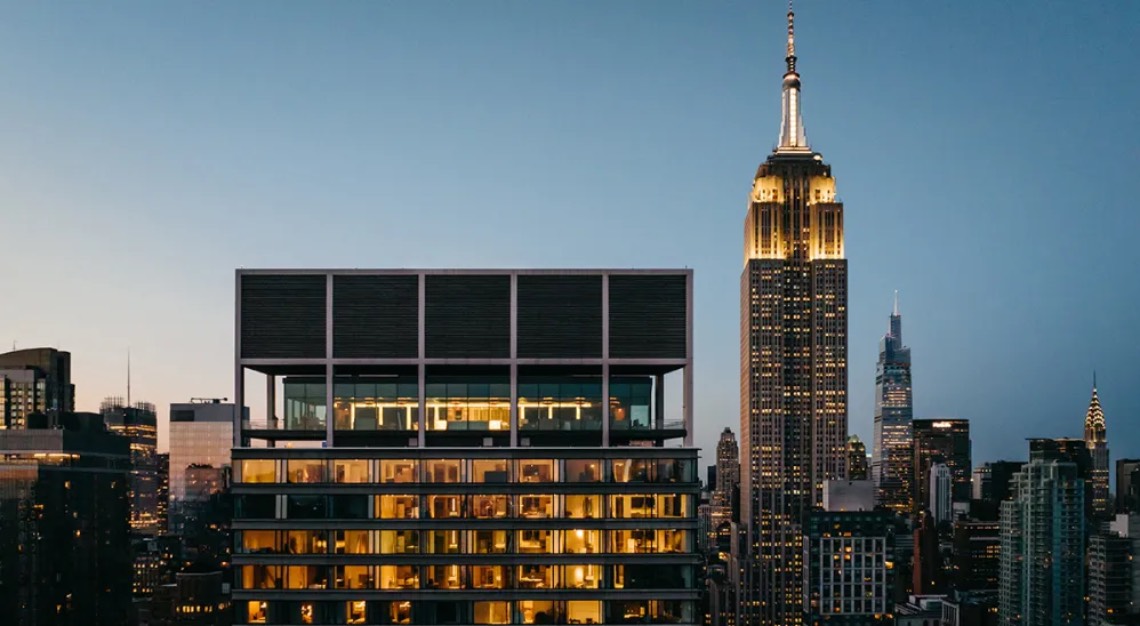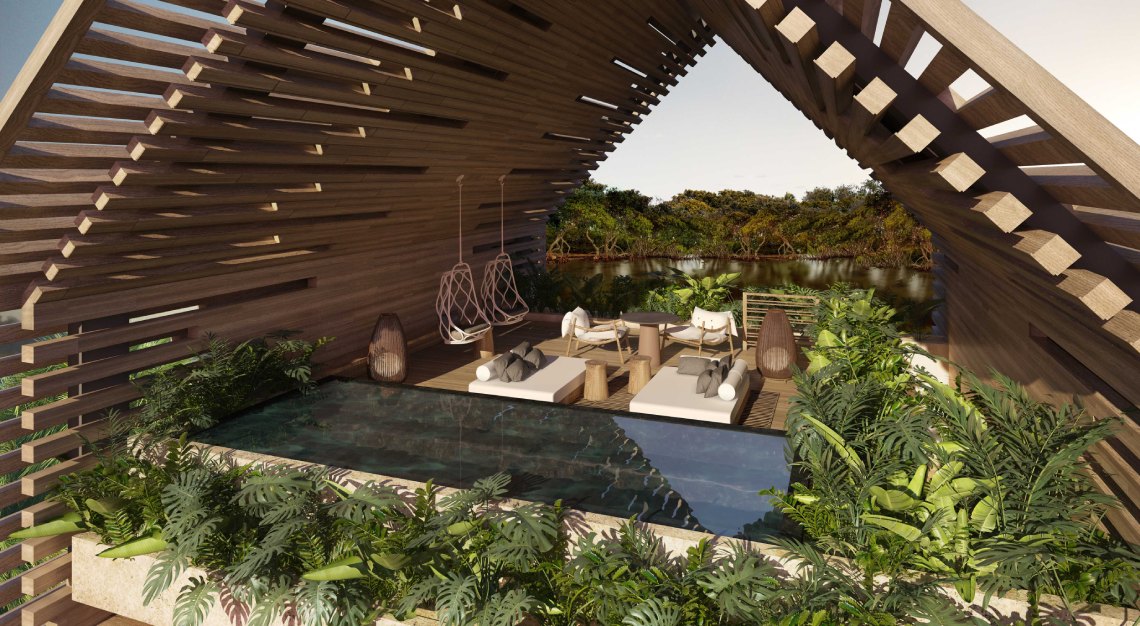Now that the region has reopened, are its new resorts and luxe experiences enough to draw a crowd? Experts chime in
In the lobby of the Peninsula Hong Kong, a group of Americans ponder the winter ski season.
“It’s still so much cheaper to ski in France than it is in Whistler…”
“When you grow up skiing in New England, the powder out west is just…”
“Our instructor’s grandfather started Aman hotels—he must be the richest ski instructor there is…”
“But everyone knows that the best après ski is in Aspen…”
Since Hong Kong reopened its borders last year and ended mandatory masking requirements in February, millions of tourists have flooded back, from both abroad and mainland China. July saw over 612,000 non-mainland travellers arrive, nearly 164,000 of whom came from long-haul markets such as the U.S., the U.K., and Australia, according to the Hong Kong Tourism Board.
But that’s a small fraction of the monthly share of the 65.15 million tourists who arrived in 2018, before the pro-democracy protests kicked off. The region’s population has now declined for three consecutive years, and China’s national-security law spurred some international businesses to relocate to Singapore. For travellers, it prompted genuine concerns: Will my phone and laptop be spied on? Can I enter the country if I tweeted in support of the protesters? Will the internet be censored? What happens if I get Covid?
And while, yes, you can still read The New York Times, those questions don’t have clear answers. Travel-industry insiders argue (quietly) that the situation shouldn’t permanently put off Panama-hat pilgrims from taking a holiday in Cantonese country. Many destinations, they say, have their own sensitivities yet remain popular with tourists. You wouldn’t publicly insult the king in Thailand, for example, or blaspheme in much of the Middle East, or chew gum in Singapore. Now, in Hong Kong, you whisper instead of shout about politics.
“It’s a don’t-rock-the-boat moment,” says a representative for one of Hong Kong’s most famous five-star hotels, who requested anonymity. “As long as you don’t make a scene, life goes on as it has.”
Other hospitality experts based in the region told Robb Report that they’re confident in Hong Kong’s future and that its true challenge has less to do with politics and more to do with lingering logistical woes—namely, a lack of flights.
“In these past six months, I’ve learnt a lot about the airline industry,” says Carson Glover, vice president of brand marketing and communications for the Peninsula Hotels, during a meeting at the brand’s almost hyperactively resplendent grande dame in the Tsim Sha Tsui neighbourhood. “Flights are still very limited. Tickets are still expensive. The fact of the matter is that we’re still challenged by a person’s physical ability to get to Hong Kong. Whether they want to come or not is another discussion.”
Still, the Peninsula, known for its fleet of 14 Rolls-Royce Phantoms, isn’t twiddling its thumbs. It’s pushing to bolster bookings with fresh experiences—most notably, a new high-tea harbour tour aboard the 125-year-old Star Ferry and personalised shopping events in its arcade. However, these are aimed more at Chinese than Western tourists.
Other brands are also betting big on a bounce back. Some, such as JW Marriott, have invested in fine dining and reaped the Michelin-star rewards, while others, such as the Landmark Mandarin Oriental, are proffering suite deals. The Langham has unveiled a new one-bedroom Innotier Suite stuffed with tech, such as a “UVC disinfection garment bag” and reusable face masks. Last year, Fullerton made an even bigger splash with its debut here, a sprawling 425-room resort in Ocean Park, on the South China Sea, with a laundry list of impressive amenities, including a working farm.
Still, the best and most high-profile endorsement of a rebounding Hong Kong is the Regent’s. Long delayed, the new Regent Hong Kong is a homecoming for the IHG brand, which has reclaimed the harbour-front InterContinental, in West Kowloon, a building that had been a Regent in the early 1980s. Following a top-to-bottom reimagining by architect Chi Wing Lo, the 497-room property, which includes 129 suites, now drips with wow factor, including custom sculptural furniture and a long, onyx check-in counter. Service is ultra-attentive. Its buzzy steak house and two-Michelin-starred Cantonese restaurant are drawing crowds. And its rooftop pool allows you to peep down at the Cartier store just off the Avenue of Stars promenade, redesigned a few years back by HighLine architect James Corner. I visited during the soft launch, but the remaining floors and its Nobu restaurant have since opened. A spa is planned for early next year.
The Regent’s managing director, Michel Chertouh, adds that government investment in the harbour front surrounding the hotel—home to both Hong Kong’s Museum of Art and Space Museum and ringed by a phalanx of luxury shopping—plays to its hand, especially with the mainland market upon which it currently relies. He hopes for 75 percent occupancy by 2024.
So, when will the rest of the world be back? “That is something we cannot control,” says Chertouh. “It will take time for Hong Kong to regain its status as a hub, but there’s a lot going on that may not be obvious from a distance. There’s a lot that is attractive.”
This story was first published on Robb Report USA






